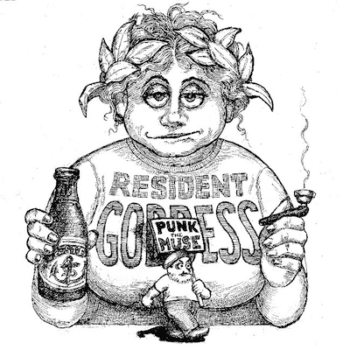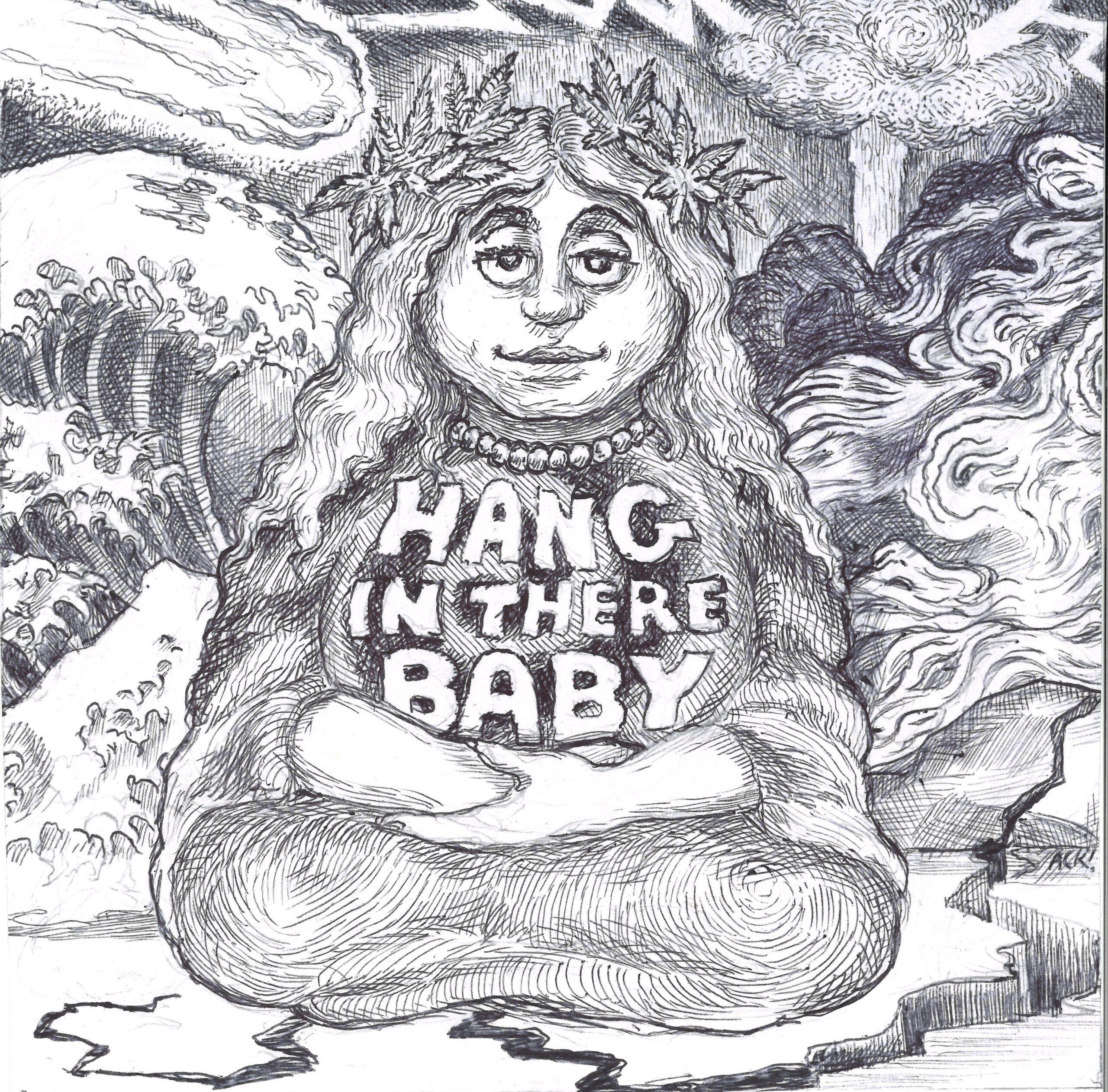
Society is falling apart, the daily news seems to say. Living in interesting times, it is all too easy to fear that our work is meaningless. In the ’60s, another interesting time, thousands went AWOL, finding no meaning in mainstream endeavors. We became dope dealers or revolutionaries, astrologers or tarot readers, cult followers or rock-and-rollers, communards or vagabonds—anything to escape the “straight” world. We turned on, and dropped out.
For those of us who lived and thrived back in the day, echoes of 1967, and the long, strange trip that followed, are reviving almost forgotten hopes and fears, provoking flashbacks of a tumultuous time.
Sheltered spaces are lost, and triggers are everywhere. They threaten to drive us all mad. The cocktail of change, revolutionary camaraderie, hope, and deep engagement is intoxicating, but the shadows are haunted by demons. They can bite.
In times like these, must our art carry an overt political message or risk irrelevance? What is essential? How do we keep our creative balance in the midst a whirlwind where the center does not hold?
We must ourselves be the still eye of the storm. But how?
Writing in Berlin during the last days of the Weimar Republic, Christopher Isherwood famously began, “I am a camera.”
In the tumultuous ‘70s, Starhawk found her stance as a feminist witch.
During the same period, religious contemplatives like Thomas Merton and Thich Nhat Han adopted an activist stance, yet rooted themselves in the still heart of meditation.
Other religious folk, like the Berrigan brothers, Philip and Daniel, were unabashedly political in spite of their Roman collars.
In stormy times past, Dante opted for allegory, Cervantes constructed the modern novel out of low comedy and spiritual genius, Jonathan Swift brought satire to a pitch of perfection, Charlotte Bronte invented gothic romance, Mary Shelley invented gothic science fiction, and Aleister Crowley designed a new religion while styling himself as 666 incarnate, the Beast of Revelation.
My point is this: some of us struggle with the seeming imperative to directly address the political and social issues of the day. We may feel pressured (from within or without), even if we are not policy wonks or academics, to take positions and write complex analyses of sociological phenomena.
If you are the sort of artist or intellectual who directly engages with policy in this way, by all means: go for it! We need your insights.
But if, like me, you prefer to inhabit an artistic world consisting mostly of metaphor, archetype, dream images, and mysticism, don’t let the times turn you from your deeper instincts. There are some (there are many) who will suggest the artist of the subconscious is foolishly withdrawing from important matters, abandoning a responsibility to directly engage.
The Storming Bohemian says don’t be afraid of the muse that bemuses you. Insights and progress may come from the most unexpected sources. When the seas are stormy, and many are calling for all hands on deck, some may choose to embark on an inner voyage. If you share that inclination, don’t be afraid that in doing so you are ignoring the plight of those who cry out for justice—there are many legitimate ways to respond. We need not fear the deep.
***
Rumpus original logo and artwork by James Lorenzato, aka Argyle C. Klopnick (ACK!).
***
“The Storming Bohemian Punks The Muse” was originally developed as a column under the editorship of Evan Karp at Litseen. An earlier incarnation of this work can be found there, along with many other interesting things.





